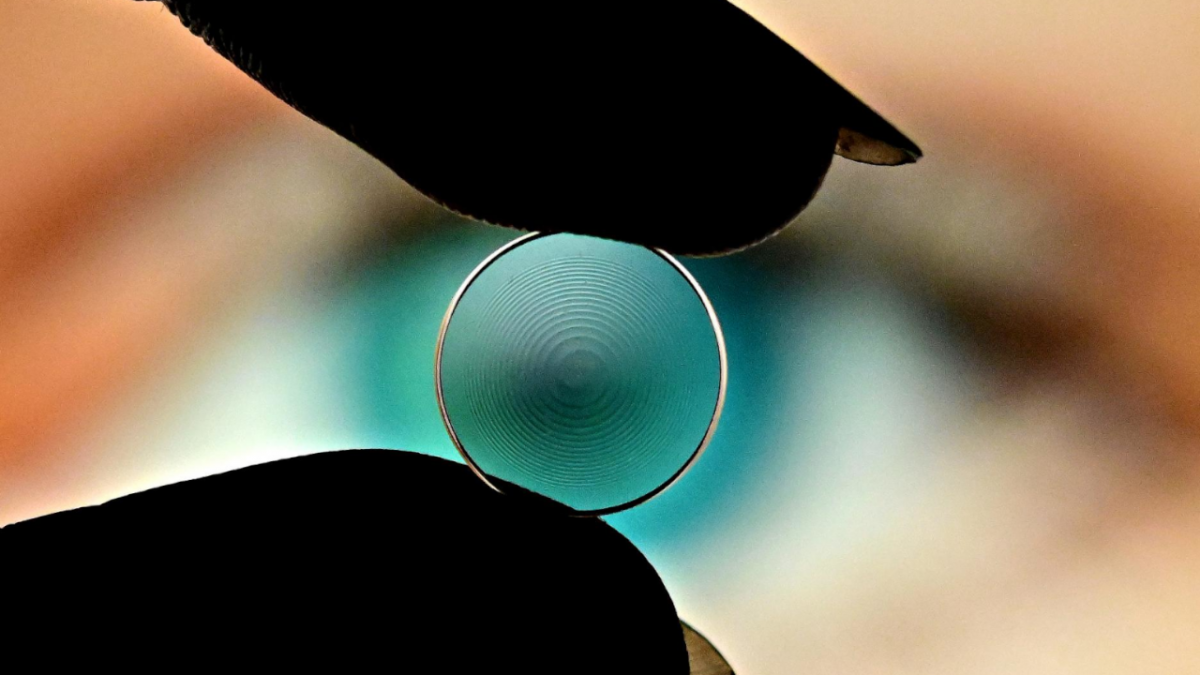Novel lenses have the potential to “revolutionize ophthalmology,” according to a French research team. The scientists have developed a new, multifocal lens that, in contrast to conventional progressive contact lenses, shows good imaging properties even in difficult lighting conditions. This is how the team describes it in a paper in the specialist magazine “Optica”. The compact design and comparatively simple production could also make the lens interesting for other optics.
Advertisement
Lenses concentrate or scatter light because light rays are refracted to different degrees on their way through the lens – depending on the thickness of the glass at the respective location. Progressive lenses and progressive contact lenses usually have different zones with different focal lengths. In order to see clearly at different distances, you have to get used to using the correct zone. However, in unfavorable lighting conditions, for example when the pupil becomes too small, these lenses no longer work properly.
Optics: A variety of focal points
The new lens is not divided into zones with different focal lengths. Instead, a Fermat spiral is integrated into the lens, which extends from the inside to the outside. The spirally applied transparent material ensures that the lens has a variety of focus points of different focal lengths. According to the research team’s press release, the inspiration for the spiral lens design came from studying the optical properties of severe corneal deformations.
To test how well the design works, the researchers both simulated and tested the lens experimentally. They observed that the image quality remained satisfactory regardless of the aperture size used. Test subjects also reported noticeable improvements in visual acuity at a variety of distances and lighting conditions.
Since the new lens design allows imaging at different depths without additional optical elements, the researchers say it could be used wherever compact imaging technologies are needed, such as in drones or autonomous cars.
(wst)
To home page
